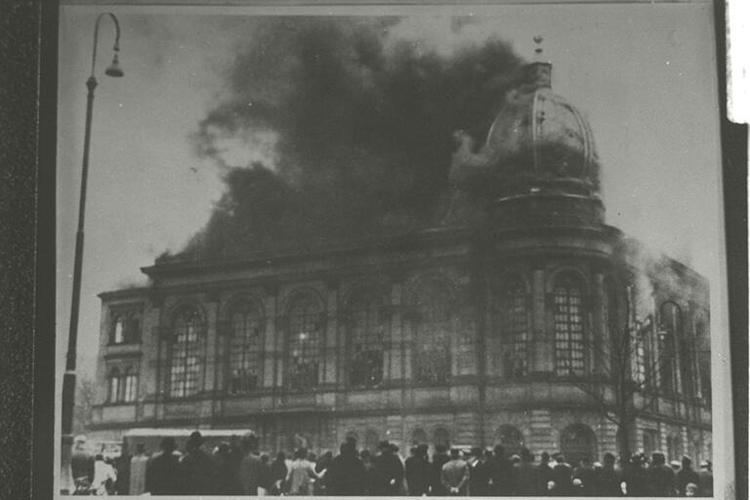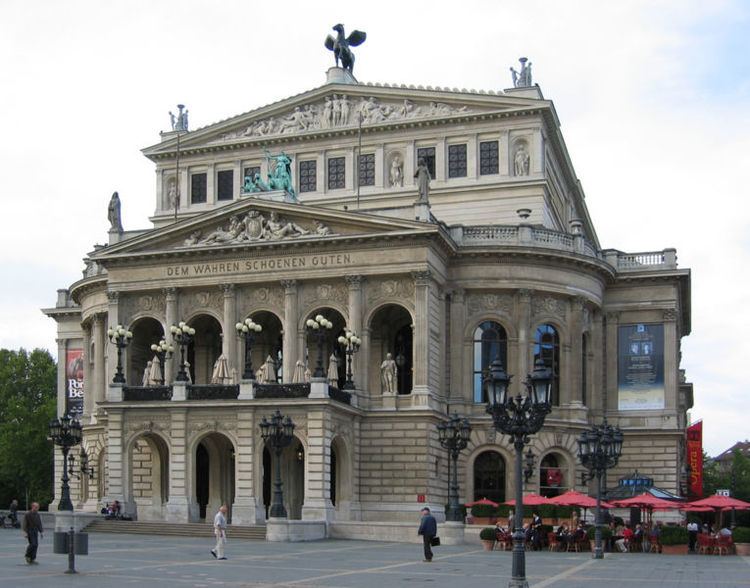Country Elevation 62 m Population 122,705 (2012) University Offenbach University of Art and Design Area 44.90 km2 | State District Urban district Mayor Horst Schneider (SPD) | |
Offenbach am Main ( ) is a city in Hesse, Germany, located on the southside of the river Main and part of the Frankfurt Rhein-Main urban area. Offenbach has a population of 126,934.
Contents
- Map of Offenbach am Main
- Global shisha lounge offenbach am main
- History
- Economy
- Main sights
- Culture
- Population history
- Museums
- References
Map of Offenbach am Main
In the twentieth century the citys economy was dominated by the machine-building and leather industries, and it was also a major centre of the typography and design industries. Other important industries are the automobile and pharmaceutical industries. More than half of the citys population have a non-German background, with Turks, former Yugoslavs, Arabs, Italians, Greeks and Poles as major groups.
Global shisha lounge offenbach am main
History

The first documented reference to a suburb of Offenbach appears in 770. In a document of the Holy Roman Emperor Otto II dating to 977 exists the first mention of the place of Offenbach. During the Middle Ages Offenbach passed through many hands. Only in 1486 could the Count Ludwig of Isenenburg finally take control of city for his family, and 1556 Count Reinhard of Isenburg relocated his Residence to Offenbach, building a palace, the Isenburger Schlos (Isenburg Palace), which was completed in 1559. It was destroyed by fire in 1564 and rebuilt in 1578.

In 1635 Offenbach given to the Landgraves of Hesse-Darmstadt but it was returned to the Isenburg-Birstein Count (later Prince) in 1642 and remained in that Principality until 1815 when the Congress of Vienna gave the city to the Austrian Emperor, Francis II, Holy Roman Emperor. A year later it was given to the Grand Duchy of Hesse-Darmstadt.
Always very close to the city centre of Frankfurt, Offenbach was a popular location for business. The town has its own trade fair, and many companies have opened facilities here because there are fewer restrictions and no closed businesses. French Protestants (Huguenots) came in the 17th century and settled in Offenbach and contributed to making Offenbach a prosperous city, e.g., bringing knowledge of tobacco with them and turning Offenbach into a centre for rolling cigars. The town was more cosmopolitan than Frankfurt; famous people such as Goethe and Mozart visited it several times.
The Rumpenheim Palace and its park were a popular destination for monarchs in the 19th century. The city was thereafter ruled by Grand Dukes of Hesse and by Rhine until the monarchy was abolished in 1918. Offenbach became the center of the traditional design with figures such as the architect Hugo Eberhardt, the typographer Rudolf Koch, the bookbinder and designer Ignatz Wiemeler and Ernst Engel and the painter Karl Friedrich Lippmann.
During the Second World War a third of the city was destroyed by Allied bombing, which claimed 467 lives. With the new district Lauterborn the city was expanded to the south in the 1960s. On the border with Frankfurt, the office district Kaiserlei was built.
Economy
Until the early 1970s Offenbach was dominated by the machine-building and leather industries. The city hosts the German Association for Electrical, Electronic and Information Technologies to this day. The Deutscher Wetterdienst, commonly abbreviated as DWD, (translated from German as German Meteorological Service), residing in the Westend district.
Main sights
In Offenbach there is no specific Old Town, but there are several buildings to see which survived bombing during the war and have been restored. One of them is the neo-Baroque palace Busingpalais with the Busingpark, reconstructed in the 1980s. Now it is used as a congress center close to the Sheraton hotel. Between the shopping area and the Main, is the Lilipark and the Lilitemple, named after Goethe’s fiancee Lili Schonemann. The most important building is the Isenburg Palace a renaissance palace from 1576 with an impressive facade. It is today used by the Offenbach Design University which is next to it. There is also a neoclassic palace in the borough Rumpenheim, the Rumpenheimer Schloss it now serves exclusively as domestic dwellings but the park is public.
Culture
There are several festivals in Offenbach, some of these are:
Population history
Until the end of the 17th century, Offenbach remained a small town with less than a thousand habitants. With the coming into power of the earl Johann Philipp in 1685, the city began to develop and the population rose steadily. In the 19th century the city became industrialized and the population increased even tenfold. Offenbach is one of the German cities where Germans without migrant background make up a minority of the population. As of 31 December 2012, approx. 44.3% of residents or 55,047 people had no foreign background. In contrast to that, there were 55.7% or 69,214 people of non-German descent. The largest groups of those are:
Turks: 15,000 or 12.2%
former Yugoslavians (e.g. Serbs, Croats): 13,000 or 10.5%
Arabs: 8,000 or 6.5%
Italians: 8,000 or 6.5%
Greeks: 7,500 or 6.0%
Poles: 4,000 or 3.2%
Afghans: 3,600 or 3%
Pakistanis: 2,700 or 2.2%
